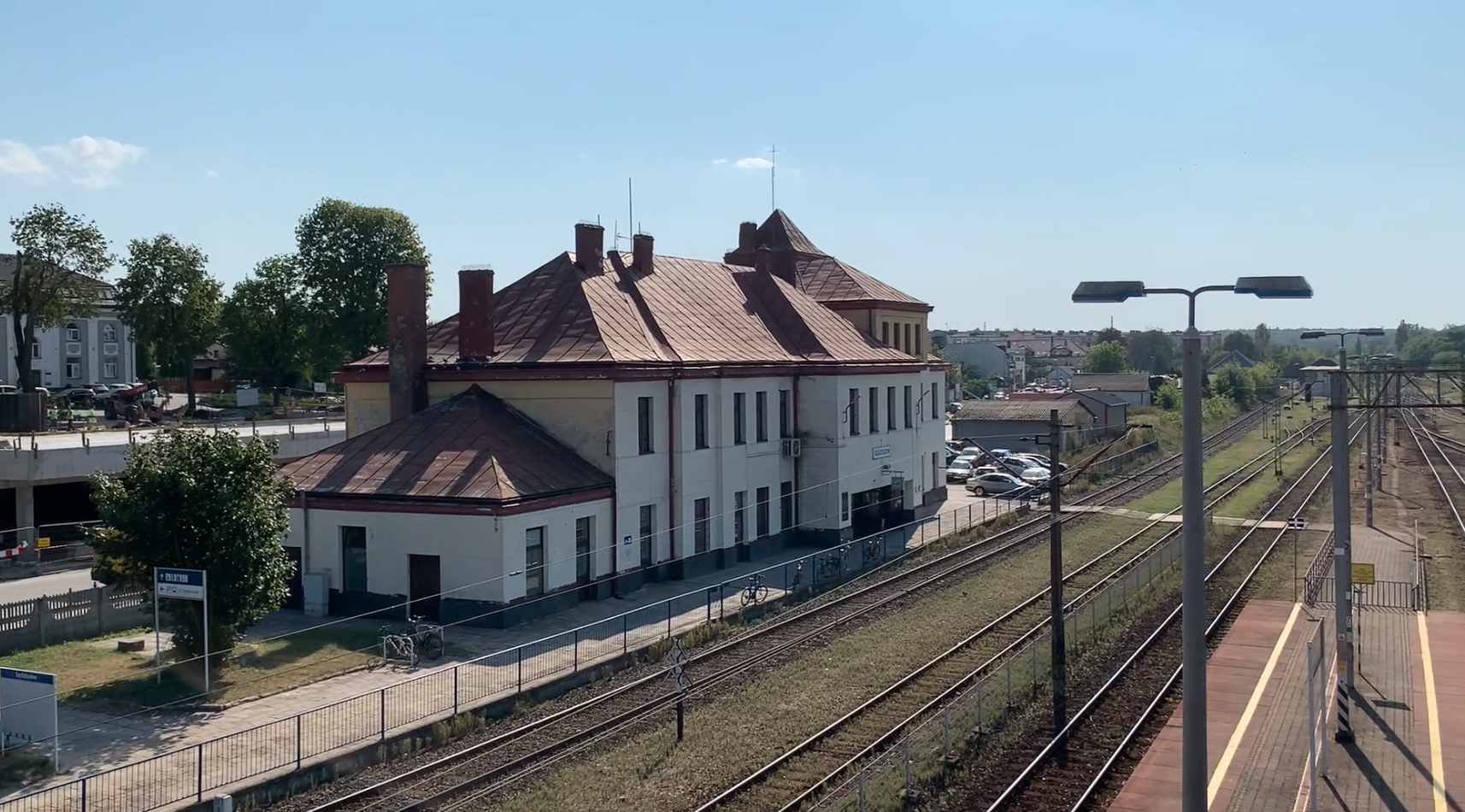Sędziszów 26-04-2025
The Broad Gauge Metallurgical Line.
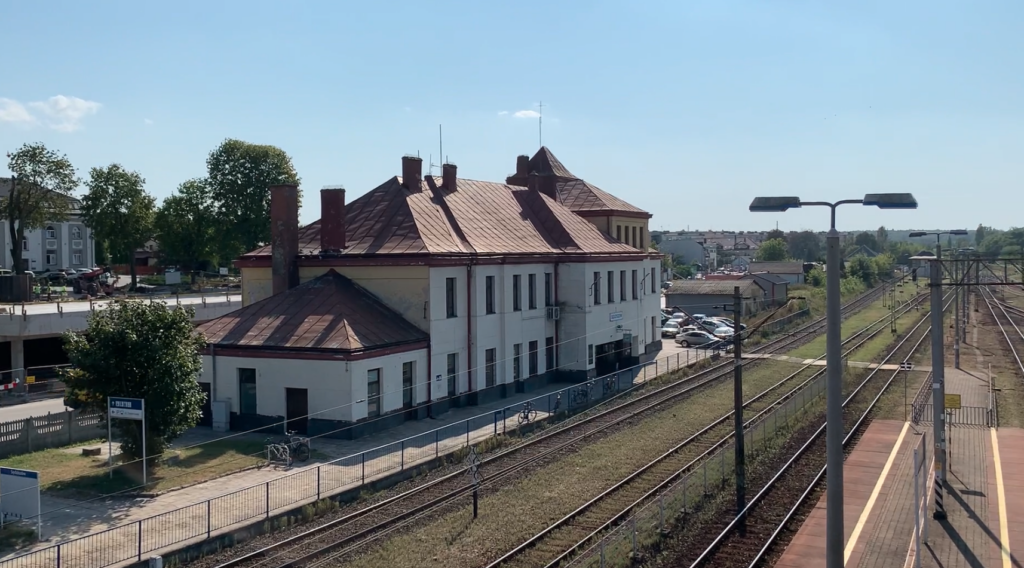
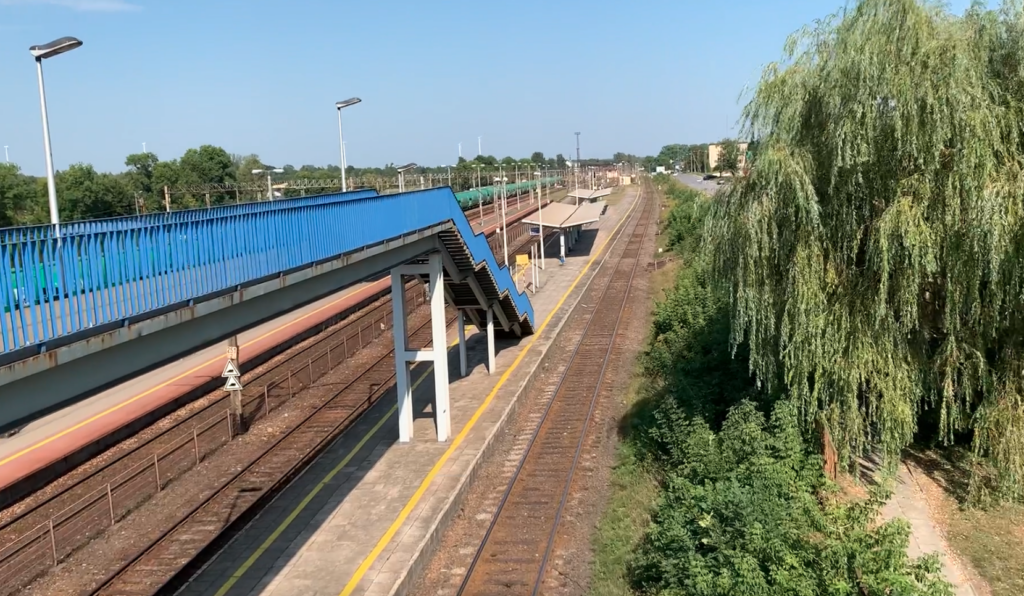
The LHS No. 65 railway line is officially known as the Broad Gauge Metallurgical Line. This is the longest broad gauge railway line, 1520 mm, in Poland. The line is a unique case, because it is the only line of this type in the Republic of Poland that runs through the territory of Poland from the eastern border to the center of the country.
The line was built in the 1970s. The decision to build it was made in the context of the growing dependence of the Polish economy on the CCCP economy. Because the main goods transported on this line were to be iron ore, mainly from Krzywy Róg in CCCP (with 48-56% iron content) and sulfur extracted and processed in the vicinity of Tarnobrzeg in Poland. That is why the line was named; Metallurgical Sulfur Line. The iron ore was to be sent to steelworks in Upper Silesia, and primarily to the newly built Katowice Steelworks in Dąbrowa Górnicza. At that time, Poland was one of the largest sulfur producers in the world. In the 1990s, sulfur exports decreased significantly.
Because the line was to transport bulk goods, the Muscovites proposed building a broad-gauge line, which would eliminate the transshipment of goods at the border. In order not to complicate the course of the new line, it was decided to build it mainly along existing standard-gauge railway routes. Another advantage would be traffic control from existing railway signal boxes. Some protests were caused by running a section of the line through the Roztocze National Park. But they were unauthorized, because in this area, along its entire length, the line runs along existing railway lines. The construction of the line began in 1976 and was completed in 1979, i.e. in less than three years, which was a great success. Already on November 7, 1977, the LHS section was opened; state border – Hrubieszów Towarowy. The official launch of the entire line took place on November 30, 1979. This was at a time when another important railway line in Poland was built; the Central Railway Main Line.
The LHS line begins at the border crossing in Hrubieszów, on the Bug River, in the town of Grodek. On the eastern side is currently the Ukrainian Izov station. The line ends at the Sławków terminal, in the Silesian Voivodeship. The LHS line is 394.650 km long. The LHS runs through the Lublin, Podkarpackie, Świętokrzyskie, Małopolskie and Silesian Voivodeships. Currently (2025) the line handles the transport of goods such as hard coal, iron ore, steel products, agricultural fertilizers, grain and containers. For 22 years, the LHS was operated by PKP. In 2001, the company PKP Linia Hutnicza Szerokotorowa Sp. z o.o. was established, which took over the management of the line. In the 21st century, the role of the LHS has changed, especially in the context of the development of intermodal transport and the increased importance of the New Silk Road. Sławków is the largest transshipment terminal for goods from Ukraine and Asia. The line has been and is being modernized, among other things, to improve infrastructure, strengthen the track, and install modern traffic control systems. The LHS is a key, but not the only, transport corridor between East and West Europe.
In 2022, when a new armed conflict broke out in Ukraine, the LHS became an important support route for Ukraine fighting against Tsar Putin. In the first period of the conflict, passenger trains with refugees from Ukraine ran on the LHS. Most passengers got off at the station in Olkusz. The displaced people continued to western Poland and Germany.
The LHS is 394.650 km long. The track width is 1520 mm. The maximum speed is 80 km/h. Construction in 1976-1979. Launched in 1979. The line is single-track, non-electrified. The total length of the tracks is 524.339 kilometers. There are 17 stations and 27 traffic control points on the LHS. The LHS is widely considered to be the westernmost 1520 mm gauge line in Europe.
There are several projects to increase the attractiveness of the LHS. One of them was the extension of the line to Gliwice, to the river ports on the Oder. But there are also legal problems that the European Union is raising. The extension of the LHS line to Gliwice and Kędzierzyn Koźle will extend the line to over 500 km. Then the line would have to be available to all willing licensed rail carriers. Another problem is that in the 1990s, the importance of transport on the Oder River decreased. In addition, the German authorities are constantly attacking Poland for maintaining the navigability of the Oder, through the Polish side, even though they themselves do it. Another project was the inclusion of the LHS in the passenger service system. Detailed analyses showed that at a maximum speed of 80 km/h, the system would be unattractive and would provide transport only to a small number of passengers. Already in the period 1990-1997, the LHS line was used for passenger transport. Long-distance trains to the Moscow State and Ukraine ran on it. Initially, it was one pair of trains Moscow – Olkusz, which ran three times a week. In 1993, the Lviv – Zamość Północny and Moscow – Zamość Północny trains appeared, one pair a week. The train load was low. In 1995, trains were launched on these routes only on the orders of travel agencies. In 1997, the last train ran. To serve passengers on railway line No. 65, platforms were built at the Sędziszów, Hrubieszów and Olkusz stations and at the passenger stops: Zamość Północny and Wola Baranowska. Customs and passport control of passengers took place at the border station in Hrubieszów. There were plans to electrify the LHS with alternating current of 15 kV AC or 25 kV AC, but it ended with plans. The last analysis was carried out in 2019. Certainly, electrification with 3 kV DC would be ineffective. In 2017, on the Ukrainian side, preparations were already being made for the electrification of the line. In 2021, even the erection of poles on the Kovel – Izov – Hrubieszów section began. The work was not completed.
Railway line No. 65.
Railway bridge over the Bug River. Polish – Ukraine border. – Hrubieszów LHS goods station with customs control. – Werbkowice LHS, passing loop. – Miączyn LHS, passing loop. – Jarosławiec LHS / PKP, protective post. – Zamość Północ LHS, passing loop. – Zamość Bortatycze LHS, station, rolling stock plant, LHS management. – Zawada LHS / PKP, protective post. – Szczebrzeszyn LHS, station. – Zwierzyniec Towarowy LHS, station, protective post. – Biłgoraj LHS, station. – Huta Deręgowska LHS, passing loop. – Puszcza LHS, passing loop. – Drozdów LHS, passing loop. Wola Baranowska LHS, station. – Niekrasów LHS, passing loop. – Staszów LHS, station. – Grzybów LHS, passing loop, previously a station where sulfur was loaded for export. – Raczyce LHS, passing loop. – Gołuchów LHS, station. – Łączyn LHS, passing loop. – Sędziszów LHS, station, a switch station from 1435 mm to 1520 mm track. – Sędziszów, a passenger stop located on the last platform of the PKP station. – Kępie LHS, passing loop. – Jaroszowiec Olkuski, a protective post. Zarzecze LHS, passing loop. – Olkusz, a passenger stop on Platform 2 at the Olkusz PKP station. – Bukowno LHS, passing loop. – Sławków LHS station. – International container terminal.
There are four places on the LHS where the broad gauge intersects with the standard gauge. In these places, protective posts operate to secure rail traffic so that trains do not collide.
PKP Linia Hutnicza Szerokotorowa sp. z o.o. Management, 11 Szczebrzeska Street, 22-400 Zamość. Wola Baranowska LHS station is located in the middle of the LHS line and it is at this station that the change of traction units is made. The line is systematically modernized. At the Wola Baranowska LHS station, two tracks were added to accommodate additional wagons. The construction of two additional tracks significantly increased the capacity of the station, which allowed for the improvement of shunting work and increased transport. At the Biłgoraj LHS station, the loading yard was enlarged, which was made of concrete.
The new viaduct over railway line No. 65 has improved safety. On October 2, 2023, the Minister of Infrastructure, Mr. Andrzej Adamczyk, participated in the opening of the viaduct over the PKP LHS broad-gauge line in Uniejów Rędziny in the Charsznica commune, in the Małopolska province. The viaduct is 65 m long and was built as part of the construction of a grade-separated intersection of the 1181K Pogwizdów – Tunel district road with the LHS No. 65 railway line in Uniejów Rędziny.
In 2022, PKP LHS completed investments for a total amount of PLN 57 million. Among other things, the track system was rebuilt along with the modernization of the wagon hall at the Hrubieszów LHS station. The next stage of the investment, consisting in the installation of rail traffic control devices, which allows for a full visualization of the traffic situation on the route, passing loops and stations, was also completed.
According to the company’s announcements, the track systems at the Zamość Bortatycze LHS and Hrubieszów stations are to be rebuilt and expanded. In Szczebrzeszyn, four storage silos will be built on the transshipment terminal, and a 10,000 m2 transshipment yard is to be built in Zamość Bortatycze. The yard at the Szczebrzeszyn LHS station will be smaller, measuring 6,500 m2. In addition, four tent halls with a truck scale will be built in Zamość Majdan. The next two tent halls will be built in Szczebrzeszyn.
LHS rolling stock.
In 1979, the LHS rolling stock consisted of 68 ST44 (M62) locomotives, and by 1985, 24 more SM48 heavy shunting locomotives were delivered. In 2001, when LHS started its operations, the company had; 50 ST44 (M62) locomotives, 8 SM48 shunting locomotives and 2 shunting locomotives for the standard track.
In 2005, two ST44 locomotives were modernized by Bumar-Fablok. The locomotives received new Caterpillar engines.
Since 2006, the company has been operating a 401Da-254 shunting locomotive (SM32-001), which performs shunting work at the Sędziszów LHS station. Since 2002, the company has also been operating the SM30-765 locomotive, which operates at the Zamość Bortatycze station.
In the period 2007-2011, PESA renovated 32 ST44 locomotives. The two-stroke 14D40 engines were replaced with four-stroke 12CzN26/26 engines, also with a power of 2,000 HP. At the same time, NEWAG rebuilt 17 ST44 locomotives into type 311Da locomotives, which were designated as ST40s. They received GE Transportation type GE7FDL 12 engines, with a power of 2,900 HP. NEWAG also rebuilt 7 SM48 locomotives into type 16D. The locomotives received new CAT 3512C engines, with a power of 2,108 HP. The locomotives were put into service in 2013.
In 2012, 10 old ST44 locomotives were withdrawn from service. These locomotives no longer met environmental protection standards. They were not rebuilt due to lack of funds.
In 2017-2018, NEWAG modernized another 10 ST44 locomotives to type 311Da. The locomotives were sent to work in Zamość.
Since 2008, LHS has had its own rolling stock for track repairs and modernization. The rolling stock operated by LHS is marked with the letter identifier PKPLS.
Currently, LHS is implementing a contract with PESA Bydgoszcz for the modernization of ST44 series locomotives with the replacement of the combustion engine with a new one, in the amount of 25 units. This task is a continuation of the previously completed modernization of 21 units of ST44 series locomotives with the replacement of the two-stroke 14D40 engine, with a power of 2000 HP with a new, modern four-stroke GE 12CzN26/26 engine with the same power. The new engines consume about 15% less diesel oil, not to mention lubrication oil. The new locomotives made it possible to abandon the additional locomotive to push the train on the Sędziszów – Jeżówka section. As a result, there is a saving of 200 liters of diesel oil per train. Calculations show that using a 2,900 HP engine in a 311Da locomotive allows for increasing the train weight from 4,000 gross tons to 5,000 gross tons (3,625 net tons). As a result, the line capacity can increase by 25%. It should be remembered that Ukrainian Railways bring trains with a weight of 5,000 gross tons to the Izov station. They have to divide them so that the train has a weight of 4,000 gross tons. The trains enter Poland with 44 wagons. It turned out that diesel locomotives with a 2,900 HP diesel engine (311Da locomotives) allow for servicing trains with a weight of 5,000 gross tons.
In 2015, a TE33A-9999 diesel locomotive, which is 6-axle, was tested on the LHS. It was a locomotive supplied by Kazakhstan and had an engine from General Electric. A train consisting of 75 cars was tested, with a total length of 1,107 m and a gross weight of 6,062 tons. It was the largest train in Europe.
The current (2025) LHS fleet consists of the following locomotives: ST44Ko – 32 units, engine power 2,000 HP (1,470 kW). ST44Bf – 2 units, engine power 3,000 HP (2,240 kW). ST40s / 311D – 27 units, 2,900 HP (2,133 kW). SM48 – 7 units, 1,200 HP (882 kW). NEWAG 16D – 7 units, 2,108 HP (1,550 kW). SM30 – 1 copy, 350 HP (257 kW), for standard track. SM32 – 1 copy, 350 HP (257 kW), for standard track.
For railway enthusiasts, it is worth saying that taking photos and filming on the LHS is exciting. You can spend a few hours here and not film a single train. You put your camera away, and a huge train with 44 carriages appears. On the other hand, in two hours you can have photos of as many as four trains. This is the specificity of the LHS. It is addictive and makes someone who comes to the LHS once, come here more often. Secondly. When you look at the wide track, you will not distinguish it from the normal one. The difference is only 85 mm. But you will recognize the trains by the characteristic SA-3 coupler and the lack of buffers.
PKP LHS is owned by PKP. The centralization of LHS took place in 1997, and Zamość was chosen as the headquarters of the management. Most of the employees came from PKP of the Zamość district. The maintenance of the railway infrastructure was handled by the plants in Zamość and Kielce, subordinate to the Eastern DOKPW. In 2015, the company employed 1,260 people. These changes allowed LHS to start operating as a company on May 1, 2000. Legal formalities were completed on May 12, 2001. LK No. 65 belongs entirely to LHS. On February 27, 2004, PKP LHS obtained a transport license issued by the Office of Rail Transport. LHS transports about 4.5% of goods in Poland. A threat to LHS was the desire of the government in Poland to privatize it in 2005. Thanks to trade unions, the sale of LHS to a Russian-Ukrainian company did not take place. Since 2007, LHS has been closely cooperating with PKP Cargo in international transport. On December 1, 2008, LHS launched a new, own transshipment terminal Szczebrzeszyn LHS. Since 2009, LHS has been transporting intermodal cargo. Again in 2014, attempts were made to privatize LHS, fortunately unsuccessfully. Since 2010, LHS has been transhipping goods on the premises of the former sugar factory in Klemensów. Since November 29, 2010, LHS has had shares in Euroterminal Sławków. In 2014, attempts were made to split LHS into two entities; an infrastructure company and a transport company. These were the next bad decisions of the European Union. In 2016, the European Parliament agreed not to apply the new regulations to LHS. The first quarter of 2024 brought very good transport results achieved on the Broad Gauge Metallurgical Line. Cargo weighing 2.9 million tons was transported.
In the first 10 years of the 21st century, over PLN 800 million was invested in the LHS infrastructure. There were station expansions, new SRK devices, company digitization, locomotive modernizations, forwarding and freight logistics were modernized.
In 2024, PKP LHS carried out transport at the level of 11.108 million tons. This is a record result in terms of transport in the entire history of PKP LHS.
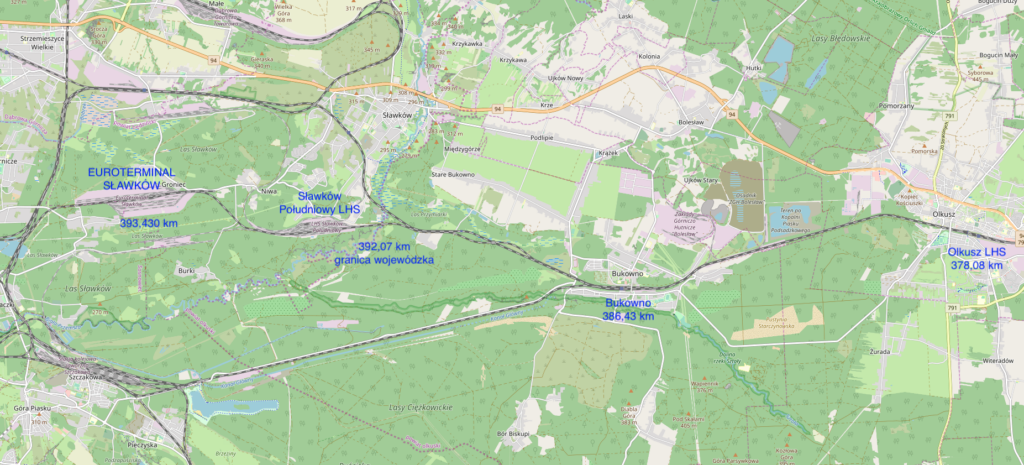
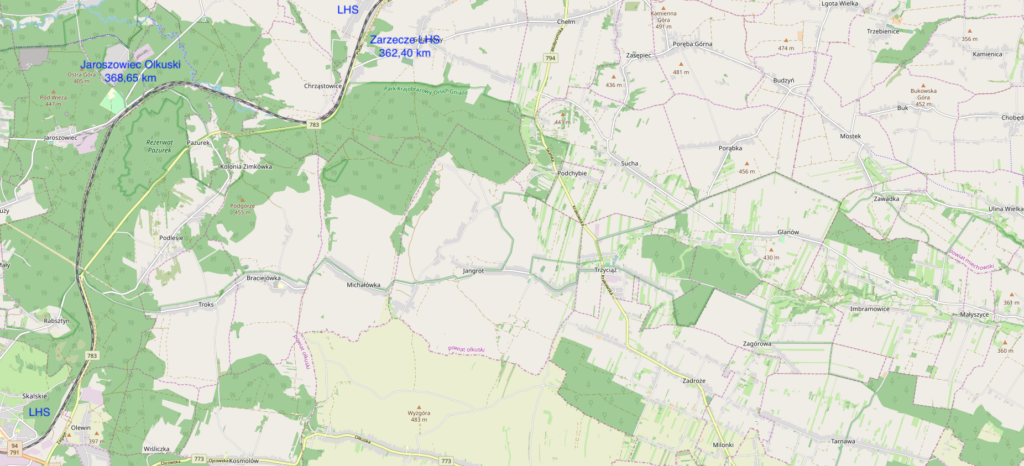
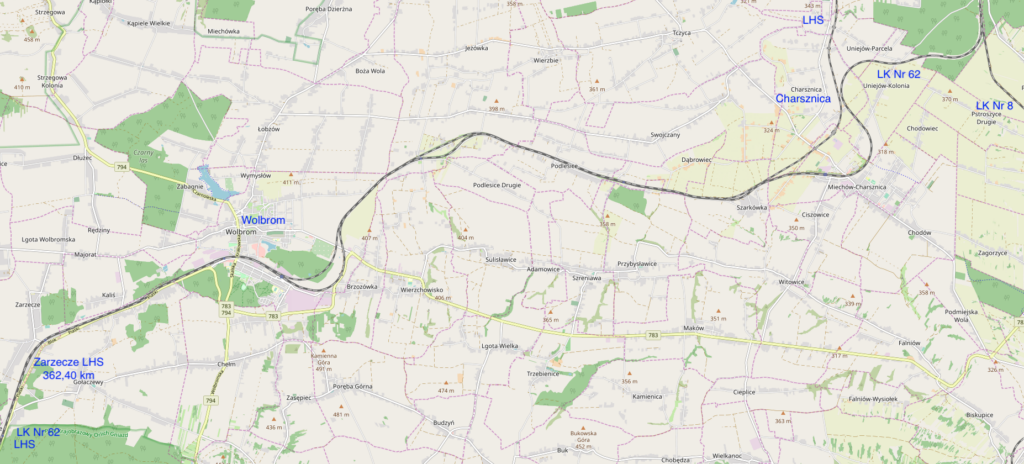
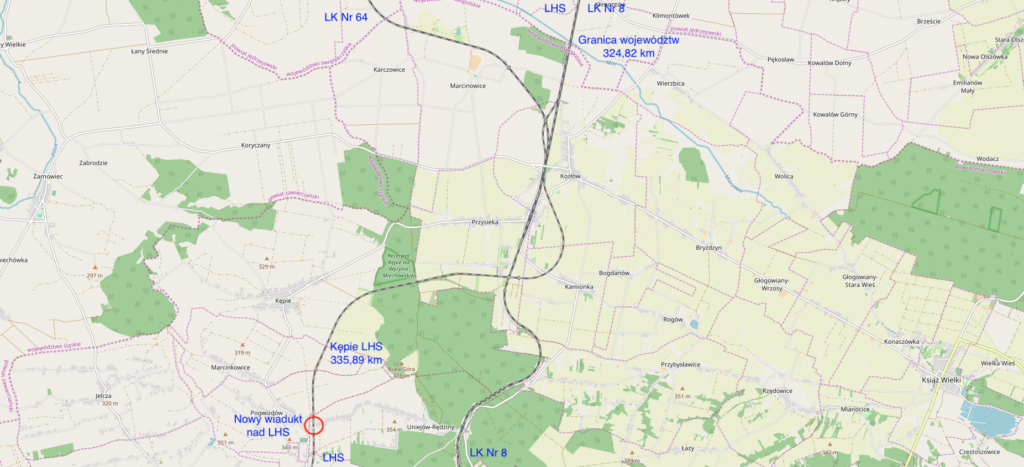
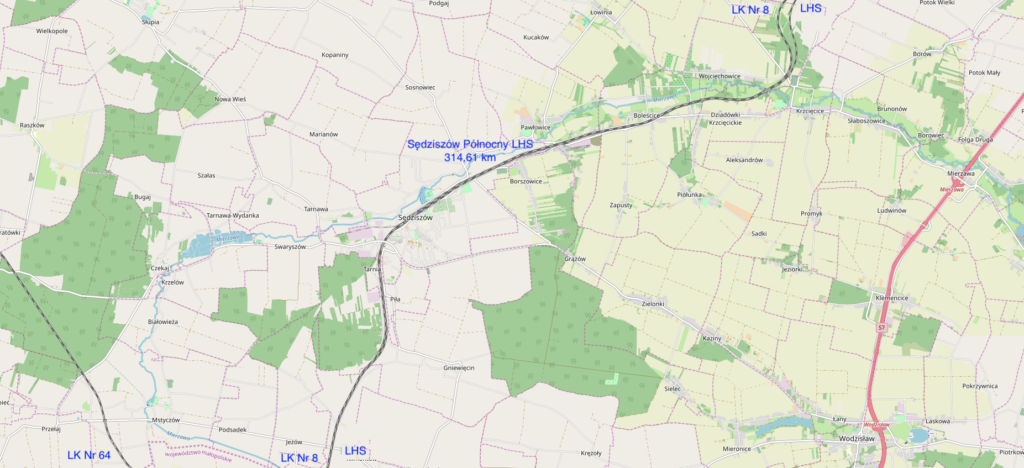
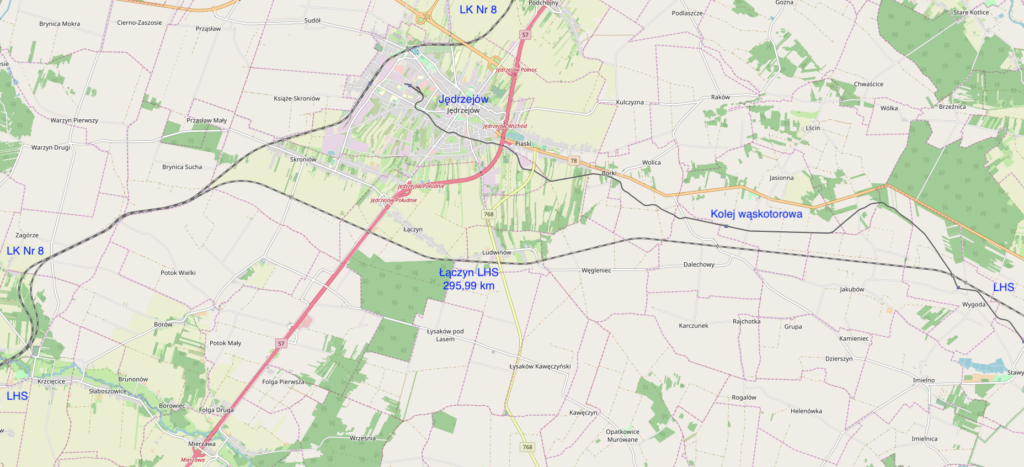
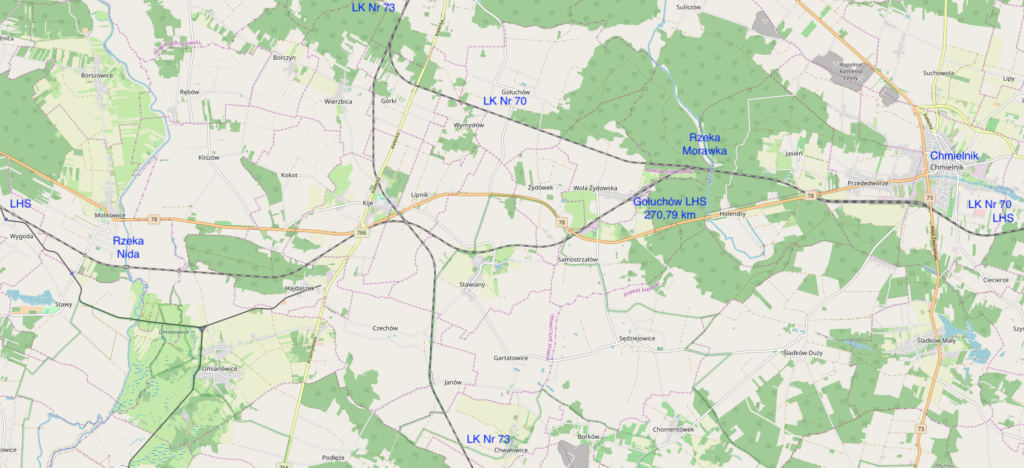
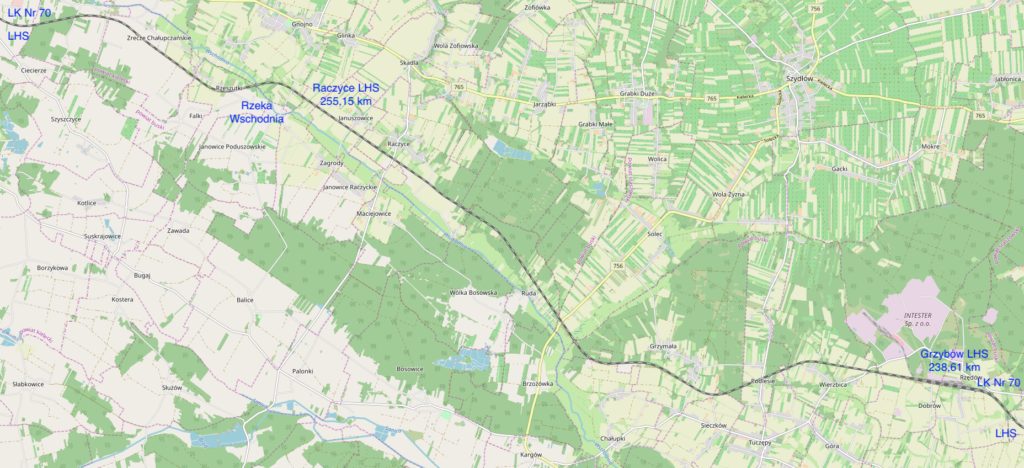
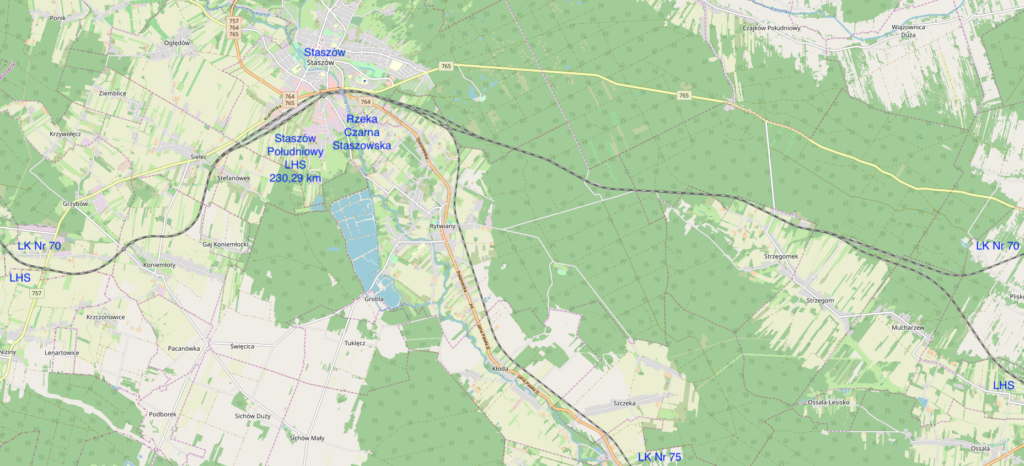
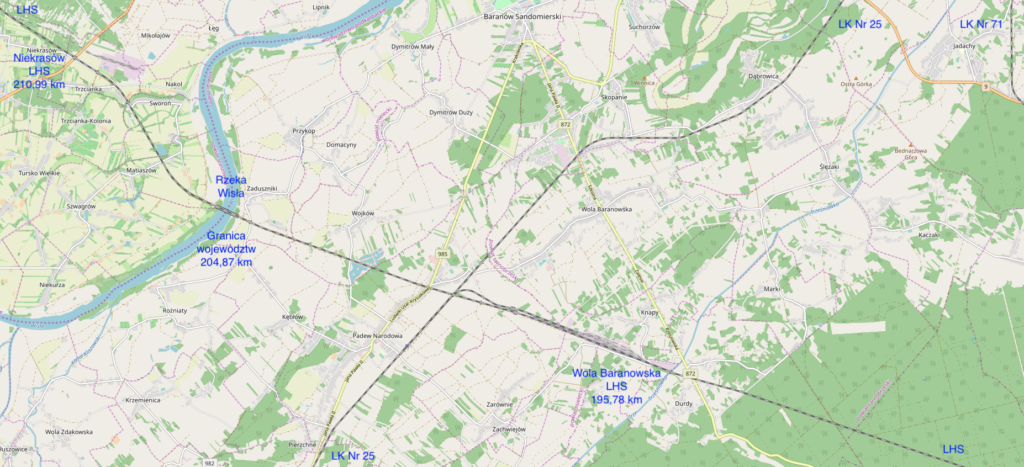
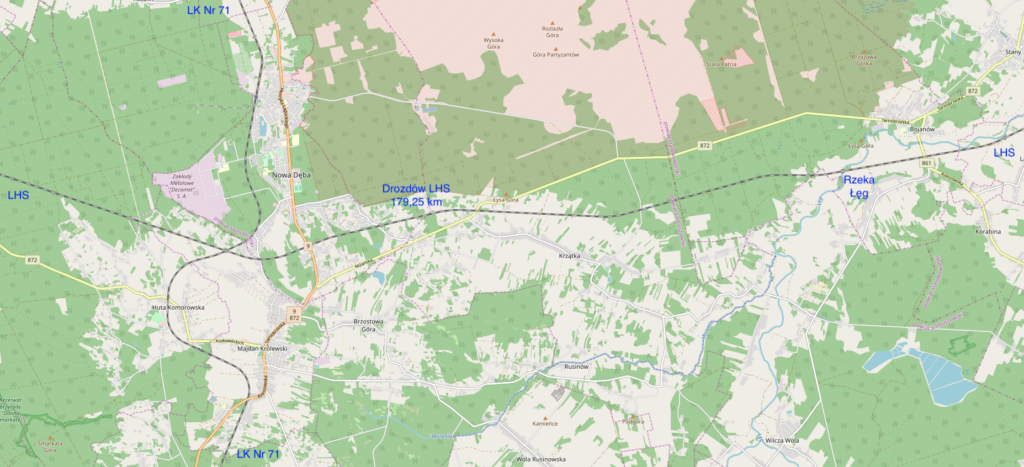
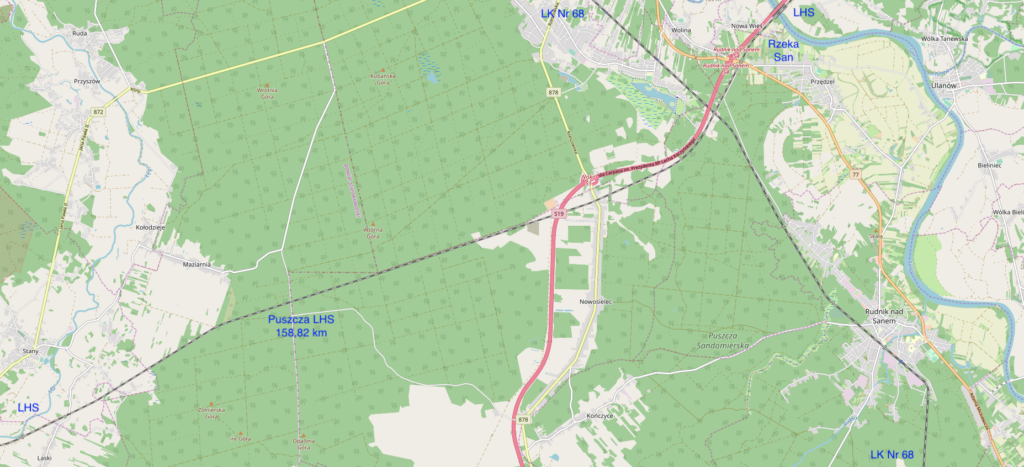
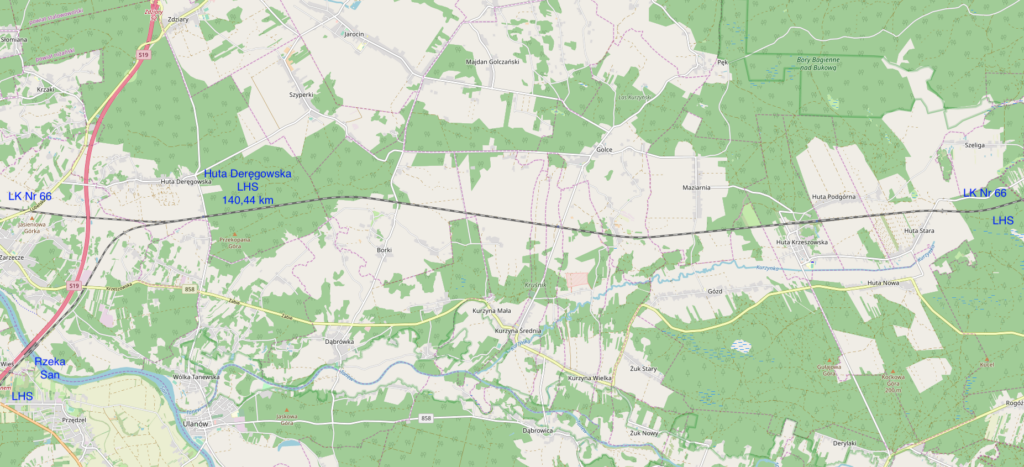
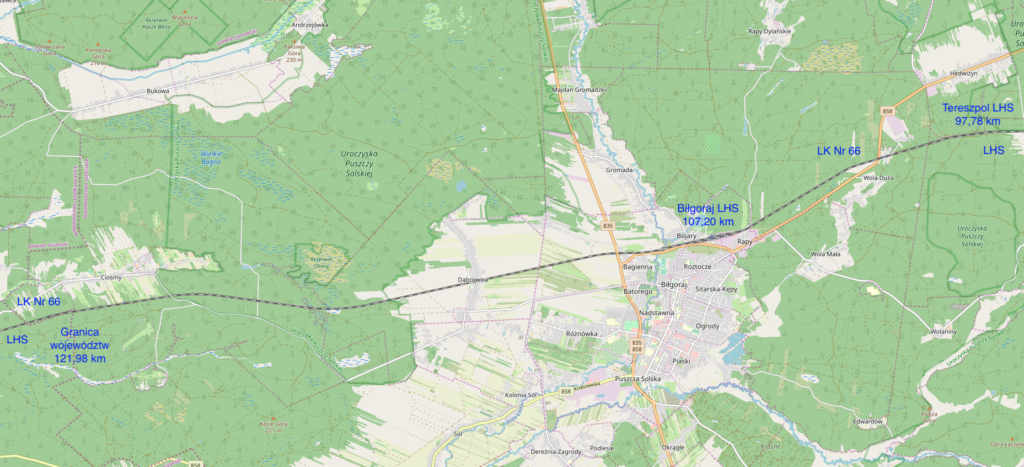
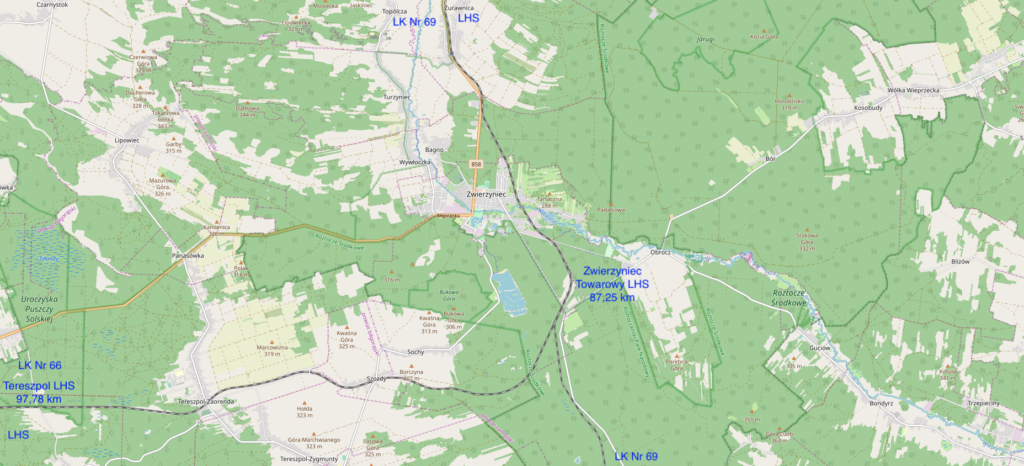
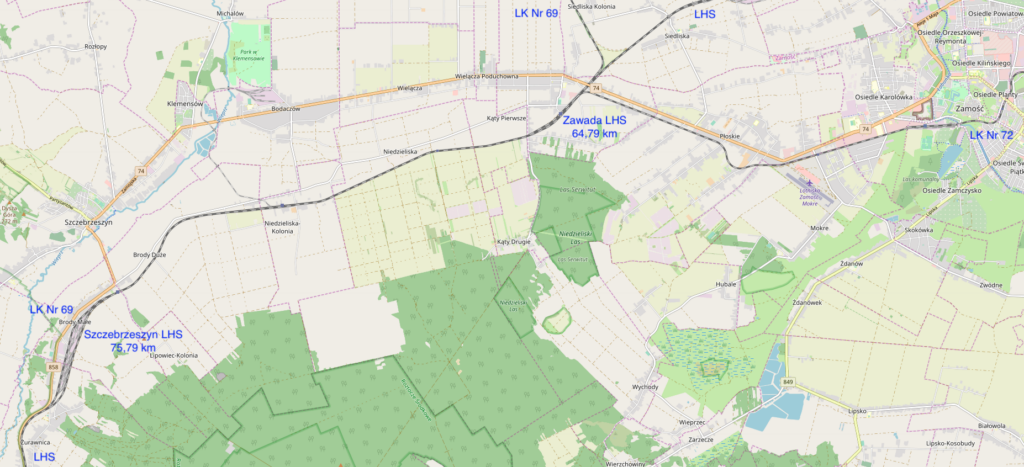
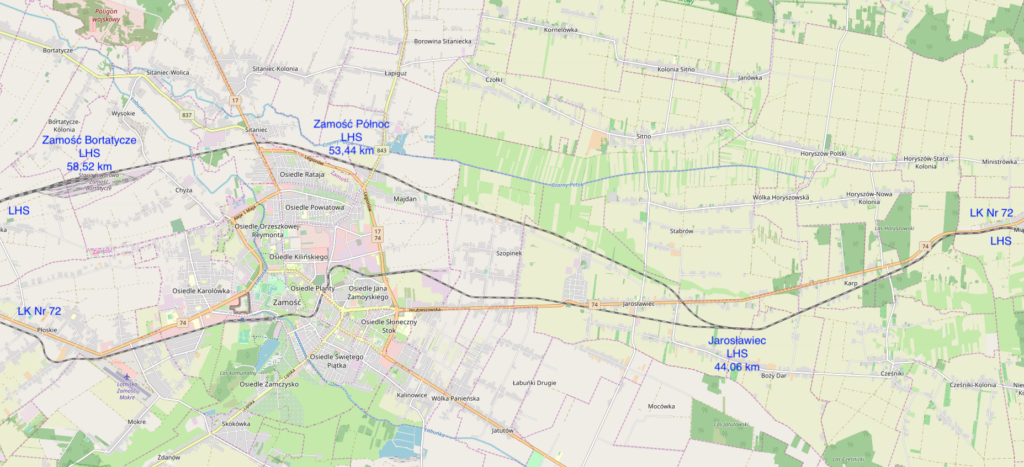
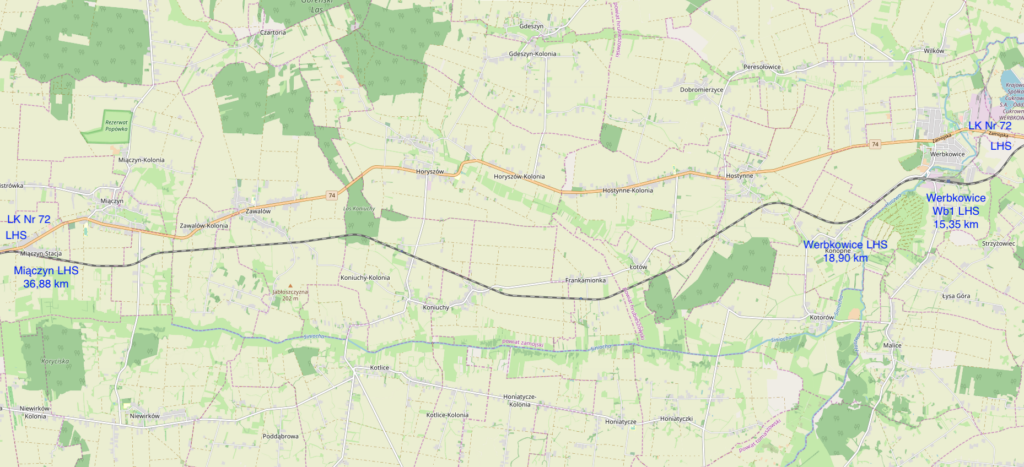
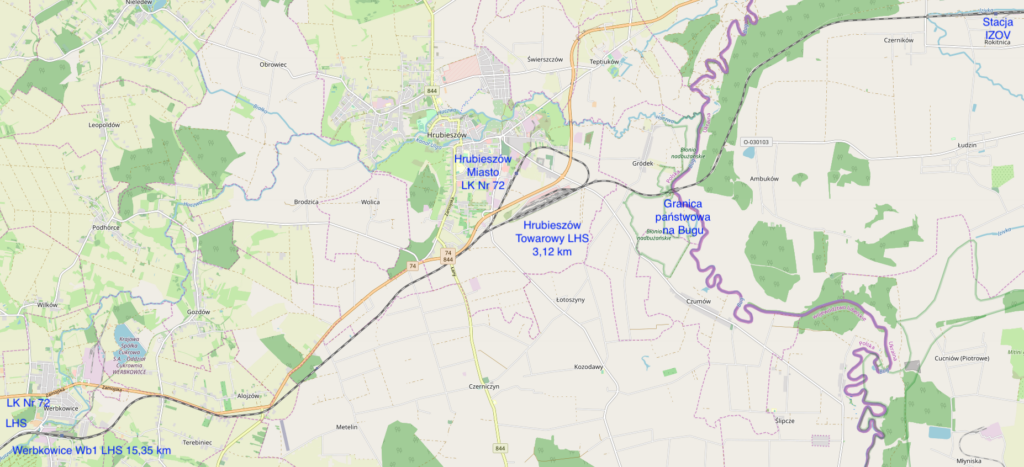
Written by Karol Placha Hetman
